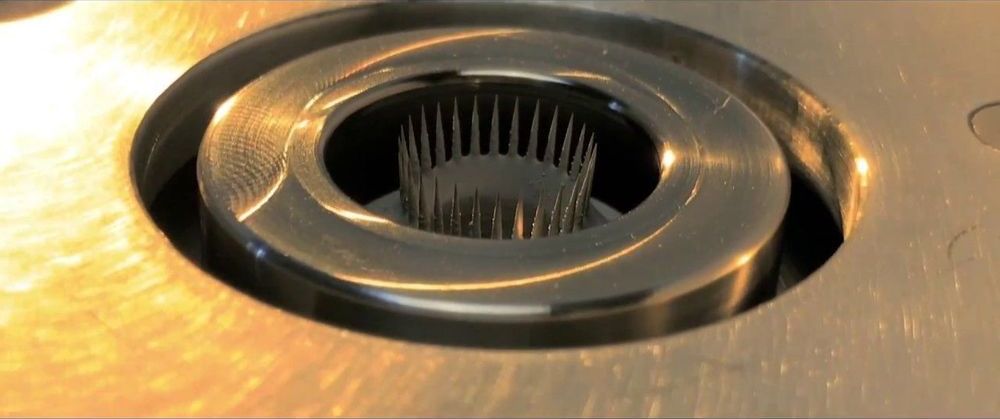Its performance is equally microscopic, only generating anywhere between 10 to 400 micronewtons — a tiny fraction of the power of a toy rocket.
But in space, even that low amount of power can allow satellites to hold their positions, and even gradually deorbit to make sure they’re out of harm’s way and don’t become space debris.
On the opposite end of the spectrum, a European-Japanese ion thruster used for the Mercury-bound spacecraft BepiColombo broke the record for the most powerful ion thruster in 2018. Its performance tops out at a maximum combined 290 millinewtons (290,000 micronewtons).
